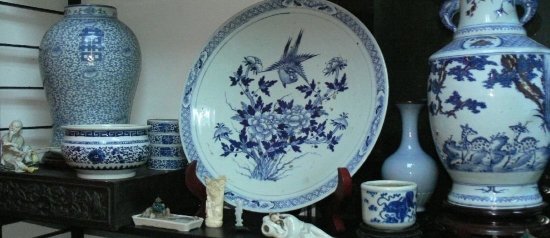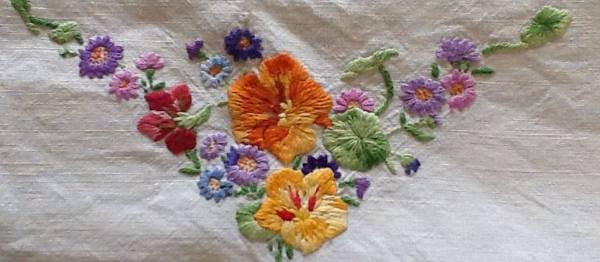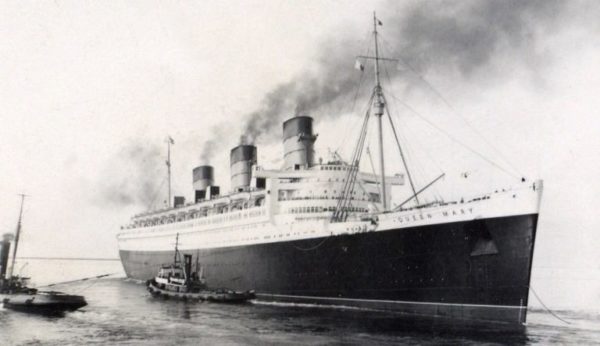Today, Van Gogh’s paintings fetch ludicrous prices at auction and yet during his lifetime he would have been happy to give his pictures away. The public regarded his work as strange and wayward and legend has it that he sold only one painting during his lifetime, ‘The red vineyard’, now in the Pushkin Museum, Moscow. Martin Bailey, curator of a new exhibition that looks closely at the market for Van Gogh in Britain up to the Second World War, suggests that he may also have sold a second painting, a self portrait, which was acquired by the London-based dealers Sulley & Lawrie in 1888.
The Glasgow dealer Alexander Reid provides the closest link between Van Gogh and Britain. Reid lived in Paris for three years from 1886-9 and worked alongside Theo van Gogh at the firm of Boussod & Valadon. During this period he spent six months living in the same apartment as the Van Gogh brothers. Vincent van Gogh (1853-90) was immediately drawn to Reid since, according to the artist A S Hartrick, the two men were so similar physically that they could have been taken for twins. Vincent sketched and painted the Glasgow dealer on three or four occasions, and two Reid oil portraits (from Glasgow and Oklahoma) will be included in the show, seen together for the first time.
Reid’s stay with the Van Gogh brothers was not without incident, and on one occasion Vincent suggested a suicide pact. Reid moved hastily to new accommodation, although he continued to work for Boussod & Valadon. When he eventually returned to Scotland he took with him two Van Gogh paintings – a portrait and a still life of apples. According to Hartrick he was severely reprimanded by his father, James Reid, for dealing in such ‘atrocities’ and Reid senior sold both pictures at the first opportunity to a French dealer for ᆪ5 each.
Despite the public perception of Van Gogh as ‘a madman’, the British were comparatively swift in developing a taste for his work. By 1896, only six years after the artist’s tragic suicide, nine works had been bought by British collectors. These ‘pioneer collectors’ included the London publisher Fisher Unwin and the playwright Alfred Sutro. Some of the very early collectors had Dutch connections, including William Robinson, the British consul in Amsterdam, who bought Two crabs (private collection, on loan to the National Gallery, London) in 1893 for ᆪ20; and Frank Stoop, a Dutch-born stockbroker, who bequeathed his collection to the Tate in 1933.
In the first two decades of the twentieth century, Van Gogh’s work began to appear in British exhibitions and publications. At Roger Fry’s groundbreaking show, Manet and the Post-Impressionists, held at the Grafton Galleries in London in 1910, twenty Van Gogh paintings were on view. The reaction of the public to this exhibition was not unlike our own response to the Royal Academy’s Sensation exhibition of 1997. Van Gogh was described by the critic for the Morning Post as ‘a lunatic’ and the pictures were judged to be ‘of no interest except to the student of pathology and the specialist in abnormality.’
It was not until 1923 and 1926, when two major one-man exhibitions were held at the Leicester Galleries in London, that the British public really began to take an interest in Van Gogh. During this period important collections of Impressionist and Post-Impressionist art were being formed by a whole range of mainly industrial and mercantile collectors, including the textile magnate Samuel Courtauld and the mining tycoon Sir Chester Beatty. The first Scots collector to invest in Van Gogh was the Glasgow shipbuilder William McInnes, who bought the Moulin de Bl~te Fin (Glasgow Museums) in 1921. Other Scots included David Cargill, who made his fortune in Burmah Oil and Matthew Justice, who ran a furniture and interior design business in Dundee.
As one might expect, a few eccentrics and individuals were among the first to take an interest in Van Gogh. Gwendoline and Margaret Davies, two teetotal Calvinistic Methodists from mid-Glamorgan, bought Rain at Auvers (National Museum & Gallery, Cardiff) just after the First World War. William Cargill, an eccentric recluse from Bridge of Weir in Renfrewshire, owned Moulin de la Galette (now destroyed) which he stored with the rest of his collection in packing cases and cupboards or hidden under beds. The flamboyant Edward Molyneux, a leading fashion designer between the wars, owned two works by Van Gogh, Vineyards at Auvers (St Louis Art Museum) and Farmhouse in Provence (National Gallery of Art, Washington).
A relatively large number of British women developed a taste for Van Gogh. Apart from the Davies sisters, these included the brilliant socialite Evelyn Fleming, mistress of Augustus John and mother of Ian Fleming, creator of the James Bond novels; Edith Beatty, who bought four works by Van Gogh in the 1920s, including the Yasuda Sunflowers, which sold for ᆪ24.7 million in 1987; and the Scots collector Elizabeth Workman who bought three Van Goghs and had far more advanced tastes in art than her dour shipᅰs broker husband Robert Workman.
During the 1930s the rise of Nazism in Germany resulted in a number of works being brought to Britain. Valerie Alport, a Jewish amateur artist from Hamburg, fled Nazi Germany with her son Erich just before the Second World War and took refuge in Oxford. Her collection included Van Gogh’s Restaurant de la Sirene at Asnieres (Ashmolean Museum, Oxford) which was seen by Erich’s lover, Stephen Spender, and described in his autobiographical novel The Temple.
The exhibition will include about thirty works by Van Gogh and accompanying documentation relating to the history of collecting. Highlights include the beautiful ‘Still life with oleanders’ (Metropolitan Museum of Art, New York) which was owned by the educationalist Michael Sadler; the Wheatfield, with cypresses, which was bought by the National Gallery, Millbank with money from the Courtauld fund; and Enclosed field with ploughman (Museum of Fine Arts, Boston), which will be seen only at Edinburgh and which was once owned by William Boyd, director of Keiller’s jam factory in Dundee. Other loans are coming from Melbourne, Amsterdam, Chicago and Washington as well as a number of private collections.





